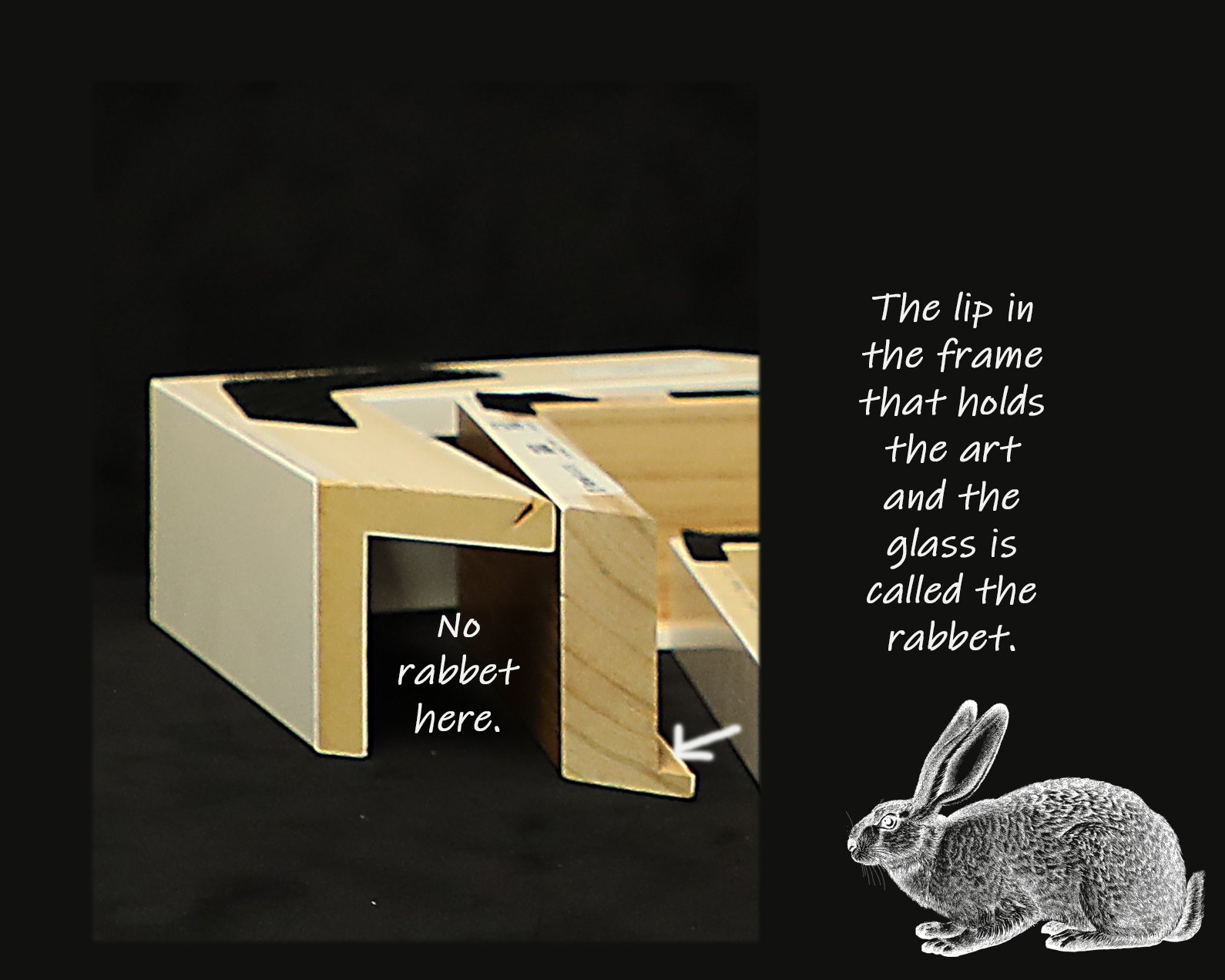“Where DID that pesky rabbet go?”
When I make up my mind to frame something, I immediately begin envisioning the four lines that will surround my art. In my mind’s eye, I am trying on colors, finishes, and shapes. I like to think others are like me- captivated by the possibilities. But if someone has never been inside a custom-picture-framing store, they may not know there is a world of possibilities! So, let’s discuss the possibilities! If you stick with me, at the end of this post you will feel confident in your ability to choose the right type of frame for your project.
The pagoda image shown is a gallery wrapped pearlescent canvas mounted inside a float frame. All digital work, printing, stretching, and framing was completed by Grant’s Frames.
The first decision to make about your frame choice is what TYPE of frame do you want. You may be assuming all frames are alike. Far from it! In its most basic configuration, a picture frame consists of four straight lines joined at their ends with mitered corners to create a rectangle. You are probably imagining your art sitting inside this frame behind a lip. We call that lip a ‘rabbet’. The rabbet keeps the glazing, the mats, and the art inside the frame.
Beyond the primary configuration, you will find FLOAT FRAMES, CLOSED CORNER FRAMES, and OVAL FRAMES. A FLOAT FRAME consists of four straight sides- but the rabbet is missing! Where’d that pesky rabbet go? A float frame is designed to showcase stretched canvas art, so no glazing is necessary. (Glazing? What’s this glazing I keep talking about? See the previous post.) When using a float frame, don’t squeeze the art in! These frames are designed to have a gap between the art and the frame. This gap gives the art some visual breathing room. It also minimizes the imperfections in the canvas’ final dimensions. It is rare for a canvas to be square (having four 90 angles) and a narrow gap only draws the eye to this flaw.
Perhaps the clean minimalist appearance of the float frame is exactly the opposite of what you envision. Perhaps your mind’s eye fancies the extravagant ornate carving of a closed-corner frame. (Although not all closed-corner frames are ornate!) A CLOSED CORNER FRAME describes a frame that cannot be joined in a custom-picture-framing store. Instead, the manufacturer builds the frame and finishes it so the corners are seamless. This type of frame comes at a higher price-point and with a longer wait time, but the customer’s customization choices are infinite!
An OVAL FRAME is like a closed-corner frame on steroids. Depending on the size and shape of the ellipse, the manufacturer cuts many small segments of frame and joins them seamlessly to form an oval.
So now you know what TYPE of frame you want. Let’s look at one more component of the frame before running off to the frame shop. The DEPTH of the frame remains an important consideration. The space underneath the rabbet is the depth. The depth must be deep enough to hold the glazing, the art, and the mats. Sometimes these three elements are the only elements. Oftentimes, there are multiple mats in the design. And what type of art are you framing? A flat print differs greatly from Grandma’s silver spoon collection or that Derek Jeter jersey you treasure.
This image shows three picture frames of varying depths and one float frame.




